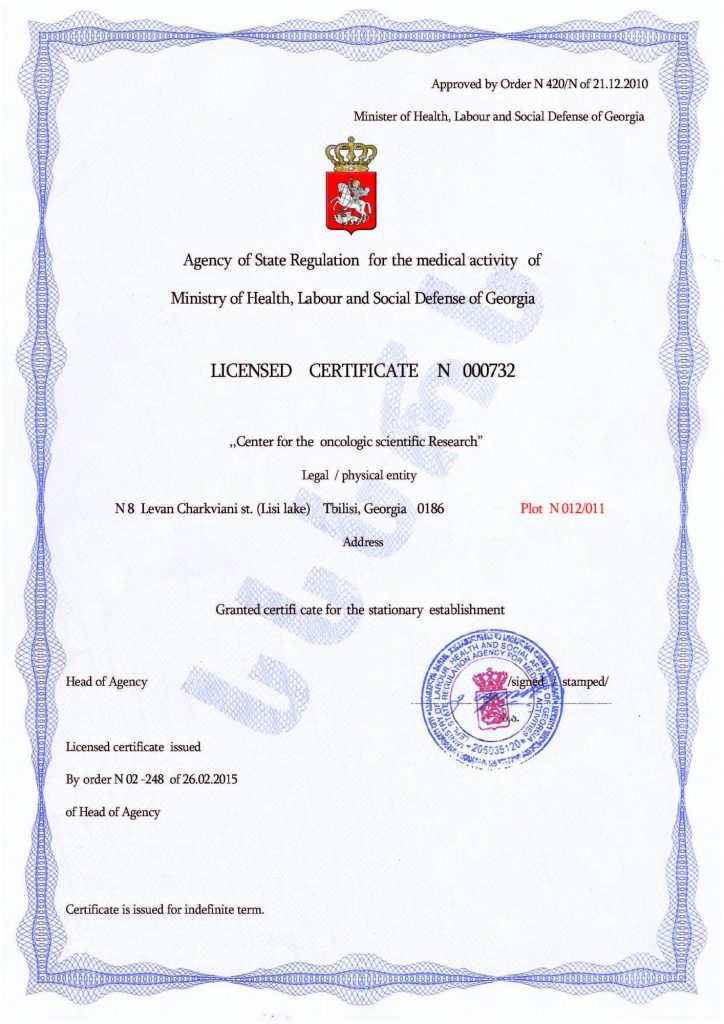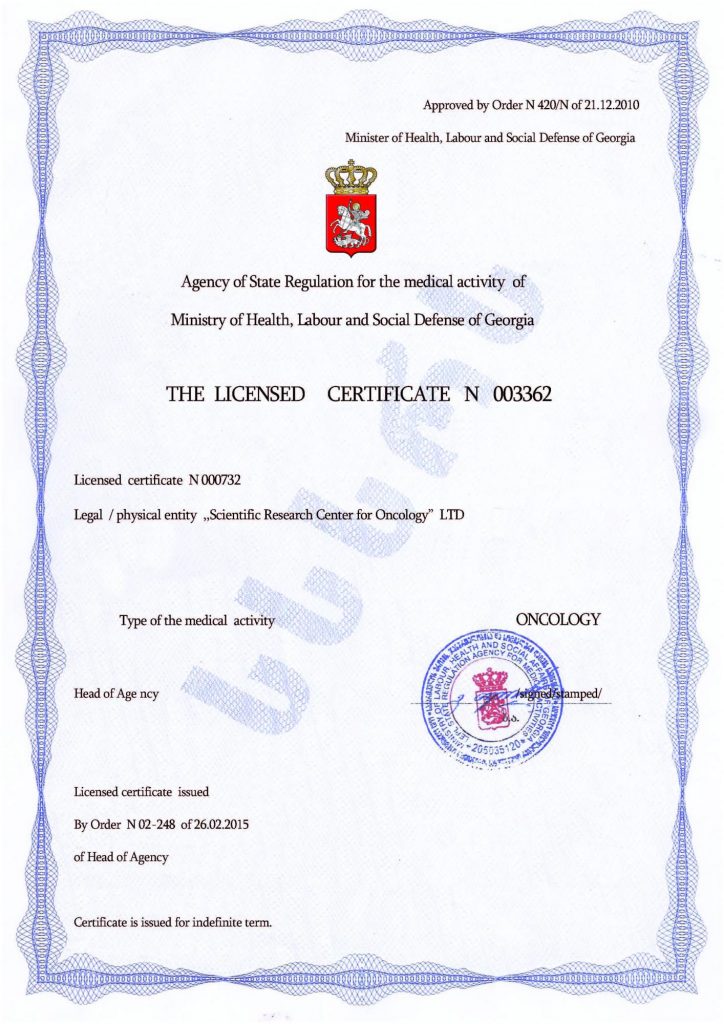How to Unlock the Creative Potential of an Autistic Child
Autistic children, unlike neurotypical children, often have a natural inclination toward creativity. Autism fosters unconventional thinking, and independent thought gives the opportunity to create something unique. The main task of parents is to unlock their child’s creative potential and teach them to express themselves through creativity.
Why Does an Autistic Child Have Hidden Creative Potential?
Experts note that children with autism have innate traits from birth that can be realized through drawing, music, sculpture, and other forms of art. Every child with autism has a set of unique qualities.
- Unconventional view of the world: Many children with autism perceive the world differently, allowing them to see details and connections that might escape others.
- Focus on interests: Autistic children often become deeply engrossed in specific subjects or hobbies. This passion can lead to a high degree of mastery and creativity in their chosen field.
- Independent thinking: Autistic children often tend to approach things in unconventional ways and come up with original ideas since they may not follow societal expectations.
- Sensory sensitivity: Some autistic children have heightened sensitivity to sounds, colors, and textures, which can inspire them to create art.
- Compensating for communication difficulties: Creativity can serve as a medium for self-expression when verbal communication is challenging.
- Desire for order and structure: Many autistic children find comfort in creating structure, which can manifest in various forms of art and creativity.
Among the well-known creative individuals with autism are British writer and mathematician Daniel Tammet, American scientist Temple Grandin, British artist Stephen Wiltshire, artist and mathematician Lucy Cook, and many others.
How to Help an Autistic Child Unlock Their Creative Potential
- Create a creative atmosphere at home: Provide materials for creative activities—paper, paints, musical instruments, building blocks, etc. Ensure your child has their own creative space.
- Read and tell stories: Reading books and telling stories develops imagination. Choose a variety of genres and styles.
- Encourage self-expression: Allow your child the freedom to express their thoughts and feelings through art. Do not criticize or limit their ideas.
- Engage in creativity together: Participate in creative activities with your child. Drawing, sculpting, or making music together can strengthen your bond and inspire your child.
- Discuss creativity: Talk about works of art and ask your child what they like and why. This will help develop critical thinking and broaden their horizons.
Does Stem Cell Transplantation Help Unlock a Child’s Hidden Potential?
In many countries, cellular therapy for childhood autism is used for effective correction of autism spectrum traits, as well as for the socialization and adaptation of the child within society. This method has proven its effectiveness through dozens of patients aged 4 to 12 who visited the Mardaleishvili Medical Center in Georgia and successfully underwent stem cell transplantation. This therapy does not completely eliminate the diagnosis of “autism” but significantly reduces the severity of autism spectrum symptoms. A child with hidden creative potential will have much greater chances of developing their talent after the therapy.
Learn more about the possibilities of cellular therapy from specialists at the Mardaleishvili Center!
Autism Treatment Center Videos
Autism treatment with own stem cells
Cord blood association congress
International Quality Crown
Autism Treatment Reviews
Autism treatment with own stem cells
The story of Alessandro (6 years old)
Autism Patient Testimonial - Stem Cell Treatment
Clients Testimonials
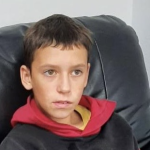
Feedback from Igor, David’s father (12 years old) Read More
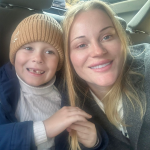
Feedback from Olga, Fedya’s mother Read More
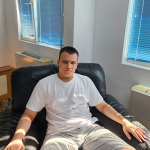
Feedback from Natalia, Radomir’s mother (15 years old) Read More
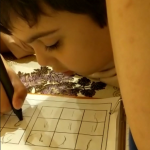
Feedback from Esther, Samuel’s mother (8 years old) Read More
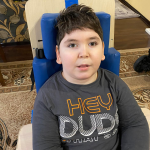
Feedback from Abibe, Selim’s mother (7 years old) Read More









